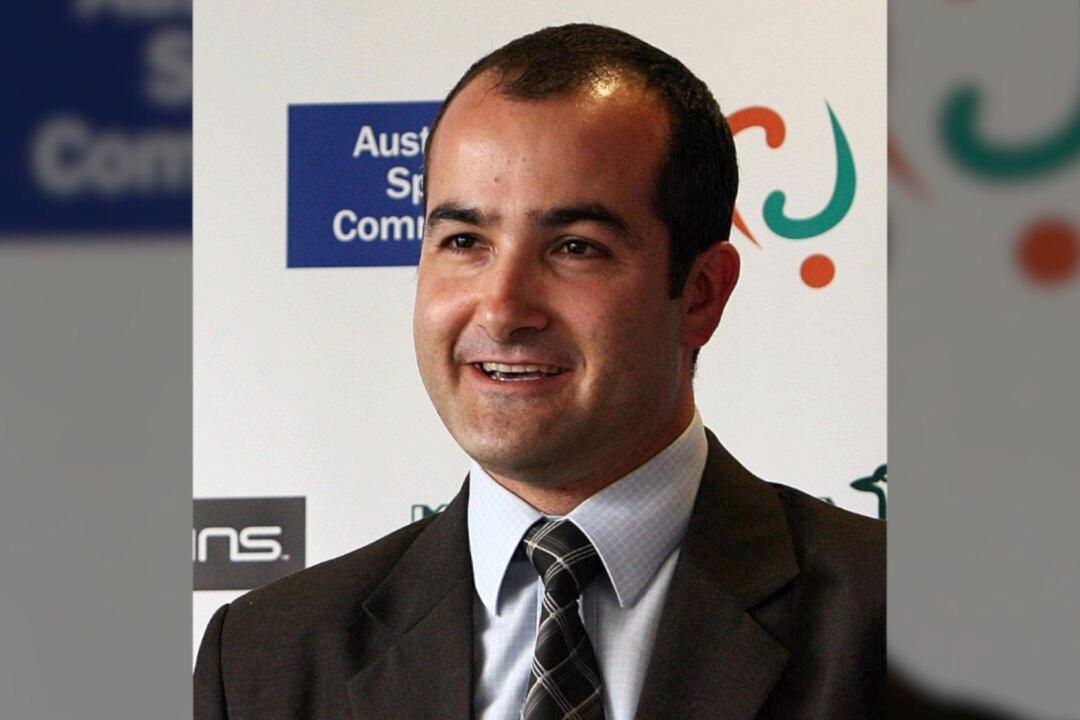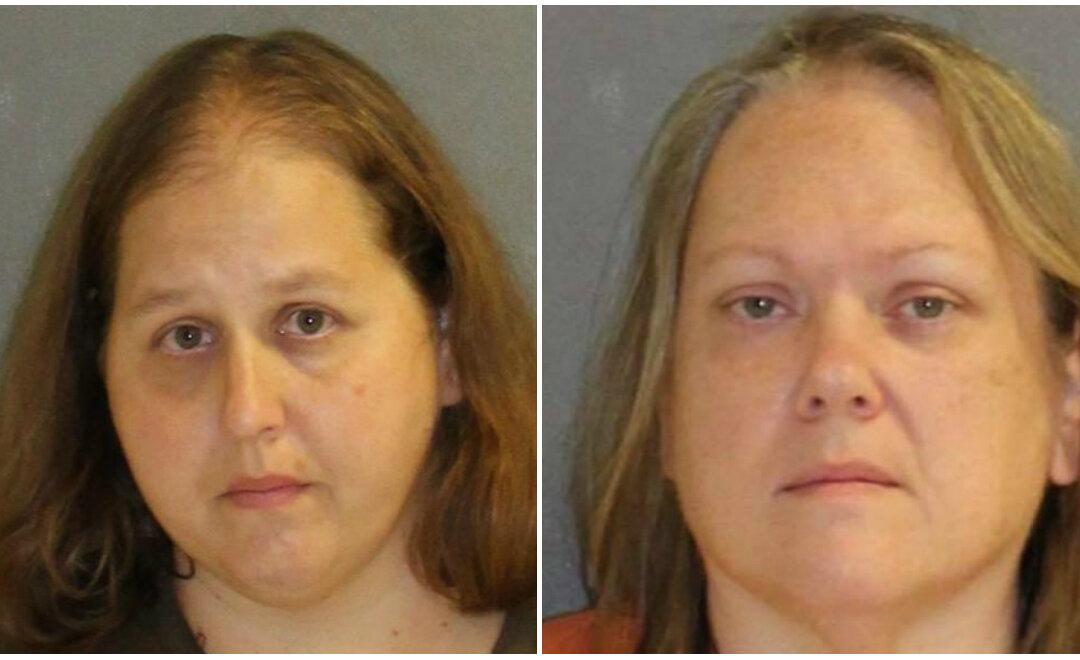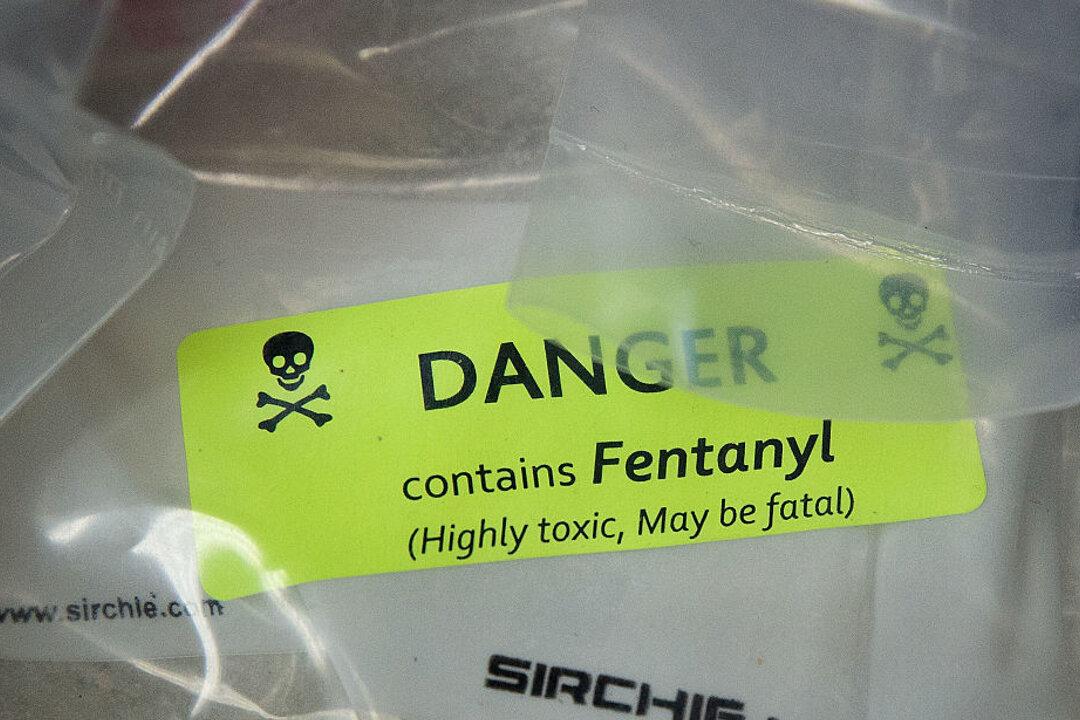Victoria University (VU) has been admitting students with no ATARs into university teaching courses.
According to the VU website, it is now not necessary for a student to have an Australian Tertiary Admission Rank (ATAR) to get their foot in the door to become a teacher through their Bachelor of Education Studies program.




